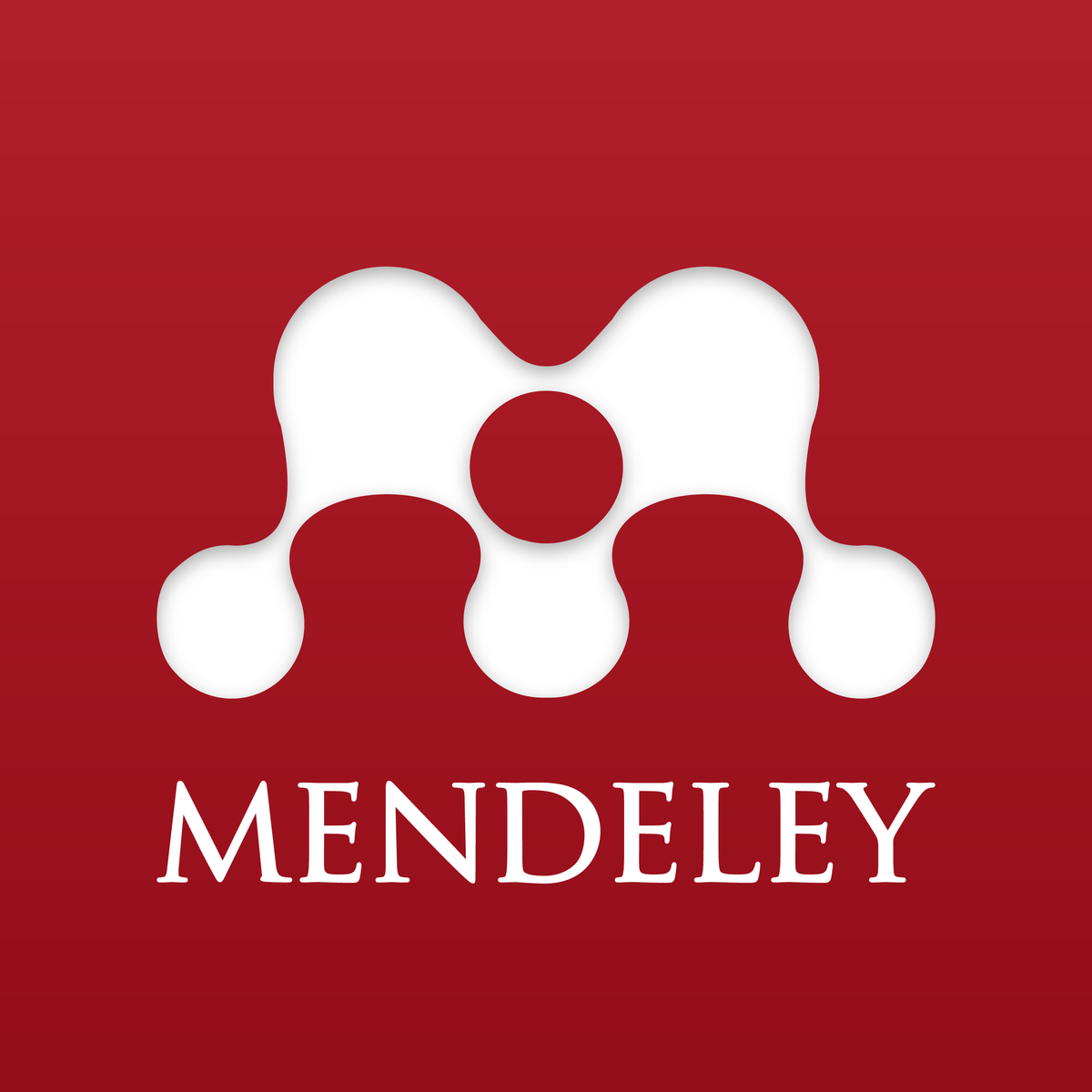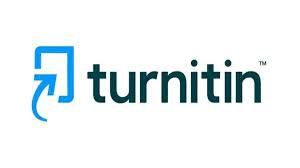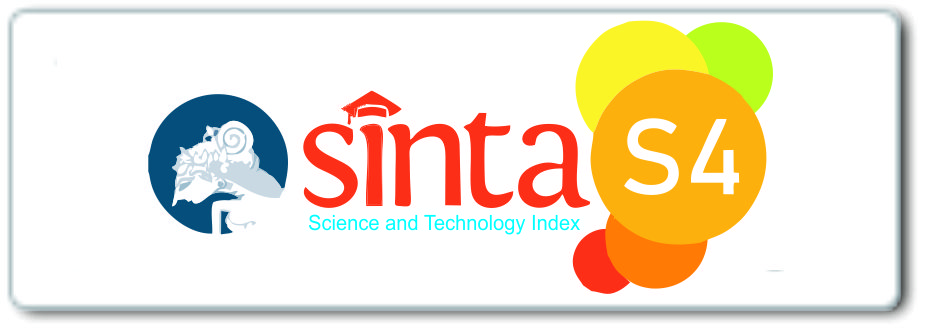Analysis of River Water Quality in Medan Belawan Regency based on the Diversity Index of Aquatic Insects as an Effort to Improve the Health of River Ecosystems from Heavy Metal Contamination (Ni)
DOI:
https://doi.org/10.32734/jcnar.v7i1.19478Keywords:
Heavy Metal (Ni), aquatic insects, solid phase extraction, and Diversity Index.Abstract
Heavy metals are often found in river water polluted by industrial processes. To separate heavy metals from river water, blood clam shells (Anadara granosa) are used as adsorbents. This study aims to analyze the determination of Belawan river water pollution based on the Aquatic Insect Diversity Index and analyze the content of heavy metal (Ni) in waste by utilizing blood clam shell waste as an adsorbent. The method used is solid phase extraction. Based on the diversity index data, the condition of the Belawan River waters in the Control area is not polluted (H' 2.18), Settlement Area 1 is lightly polluted (H' 1.94), Settlement Area 2 is lightly polluted (H' 1.70), Industrial Area 1 is moderately polluted (H' 1.47), and Industrial Area 2 is lightly polluted (H' 1.7). The percentage of heavy metal (Ni) absorption in Residential Area 1, Residential Area 2, Industrial Area 1, and Industrial Area 2 were respectively 28.57%, 33.33%, 31.11%, and 34.38%. This shows that blood cockles (Anadara granosa) are able to absorb Ni metal up to 34.38%. Ni levels < 0.05 mg/L so it can still be used (PP No. 22 of 2021).
Downloads
References
E. Yanti, Y. Aprihatin, and Armaita, “Analysis of River Environmental Pollution Factors,” J. Penelit. Pendidik. IPA, vol. 10, no. 2, pp. 465–470, 2024, doi: 10.29303/jppipa.v10i2.6821.
A. B. Omokunle, “Ecological Assessment of a Tropical River Using Aquatic Insects Assemblage and Water Quality as Indicators,” Entomol. Appl. Sci. Lett., vol. 10, no. 3, pp. 1–9, 2023, doi: 10.51847/bdyuwbqt5v.
S. Supardiono, G. Hadiprayitno, J. Irawan, and L. A. Gunawan, “Analysis of River Water Quality Based on Pollution Index Water Quality Status, Lombok District, NTB,” J. Penelit. Pendidik. IPA, vol. 9, no. 3, pp. 1602–1608, 2023, doi: 10.29303/jppipa.v9i3.4591.
E. K. Arum, M. Affandi, and S. Hariyanto, “Diversity of Fruit Flies (Tephritidae: Bactrocera Spp.) in Campus C of Airlangga University, Surabaya, Indonesia,” Treubia, vol. 47, no. 2, pp. 111–122, 2020, doi: 10.14203/treubia.v47i2.3982.
Y. Pane, F. M. Ridwan, Z. Hassan, and D. S. P. S. Sembiring, “Analysis of water pollution problem Belawan waters,” IOP Conf. Ser. Earth Environ. Sci., vol. 1135, no. 1, pp. 0–10, 2023, doi: 10.1088/1755-1315/1135/1/012027.
Y. Guo, C. Liu, R. Ye, and Q. Duan, “Advances on water quality detection by uv-vis spectroscopy,” Appl. Sci., vol. 10, no. 19, pp. 1–18, 2020, doi: 10.3390/app10196874.
A. Yusfaddillah, R. Dwi Saputri, T. W. Edelwis, and H. Pardi, “Heavy Metal Pollution in Indonesian Waters,” BIO Web Conf., vol. 79, pp. 1–9, 2023, doi: 10.1051/bioconf/20237904001.
A. Dreshaj, A. Shala, M. Hyseni, B. Millaku, and A. Gashi, “Analysis of the Impact of Industrial Waste on River Water Quality Towards Using the Dynamics of Land Quality,” J. Ecol. Eng., vol. 23, no. 4, pp. 191–196, 2022, doi: 10.12911/22998993/146676.
N. Harpah et al., “The bioaccumulation of heavy metal on Tilapiah (Oreochromis niloticus) on traditional tidal ponds for aquaculture in the vicinity of the Terjun landfill in Medan,” IOP Conf. Ser. Earth Environ. Sci., vol. 1413, no. 1, 2024, doi: 10.1088/1755-1315/1413/1/012001.
M. Matouq, N. Jildeh, M. Qtaishat, M. Hindiyeh, and M. Q. Al Syouf, “The adsorption kinetics and modeling for heavy metals removal from wastewater by Moringa pods,” J. Environ. Chem. Eng., vol. 3, no. 2, pp. 775–784, 2015, doi: 10.1016/j.jece.2015.03.027.
R. Hazarika, “Use of Aquatic Insects To Assess the Biological Status of a Perennial Pond in Assam, Northeast India,” Indian J. Entomol., vol. 85, no. 2, pp. 297–302, 2023, doi: 10.55446/IJE.2022.794.
S. Schmidt, E. C. Hathorne, J. Schönfeld, and D. Garbe-Schönberg, “Heavy metal uptake of near-shore benthic foraminifera during multi-metal culturing experiments,” Biogeosciences Discuss., pp. 1–50, 2021.
M. Taufik et al., “Development of Maceration Methods in the Investigation and Analysis of Lard in Industrial Food Products to Improve Halal Product in Indonesia,” in SCITEPRESS, Scitepress, May 2020, pp. 239–244. doi: 10.5220/0008919902390244.
M. Taufik et al., “Nicotine separation from the urine of active smokers using Moringa oleifera on column chromatography,” AIP Conf. Proc., vol. 2342, pp. 1–10, 2021, doi: 10.1063/5.0046405.
B. Cahyady, . Suharman, M. Taufik, and F. H. Hasibuan, “The AAS Method for Arsen Analysis in Cabbage in the Area of Sinabung Post Eruption,” in SCITEPRESS, Scitepress, May 2020, pp. 249–252. doi: 10.5220/0008920102490252.
Ilham, D. M. Hartono, E. Suganda, and M. Nurdin, “Metal distribution at river water of mining and nickel industrial area in Pomalaa Southeast Sulawesi Province, Indonesia,” Orient. J. Chem., vol. 33, no. 5, pp. 2599–2607, 2017, doi: 10.13005/ojc/330557.
A. B. Sutjiatmo et al., “Antioxidant and Anticancer Potential of Raja Bulu Banana Peel and Blossom (Musa acuminata Colla (AAB group)) Ethanol Extracts in MCF-7 Cell Lines,” Maj. Obat Tradis., vol. 26, no. 1, pp. 49–58, 2021, doi: 10.22146/mot.55333.
S. Rokayya, C. J. Li, Y. Zhao, Y. Li, and C. H. Sun, “Cabbage (Brassica oleracea L. var. capitata) phytochemicals with antioxidant and anti-inflammatory potential,” Asian Pacific J. Cancer Prev., vol. 14, no. 11, pp. 6657–6662, 2013, doi: 10.7314/APJCP.2013.14.11.6657

Downloads
Published
Issue
Section
License
Copyright (c) 2025 Journal of Chemical Natural Resources

This work is licensed under a Creative Commons Attribution-ShareAlike 4.0 International License.














